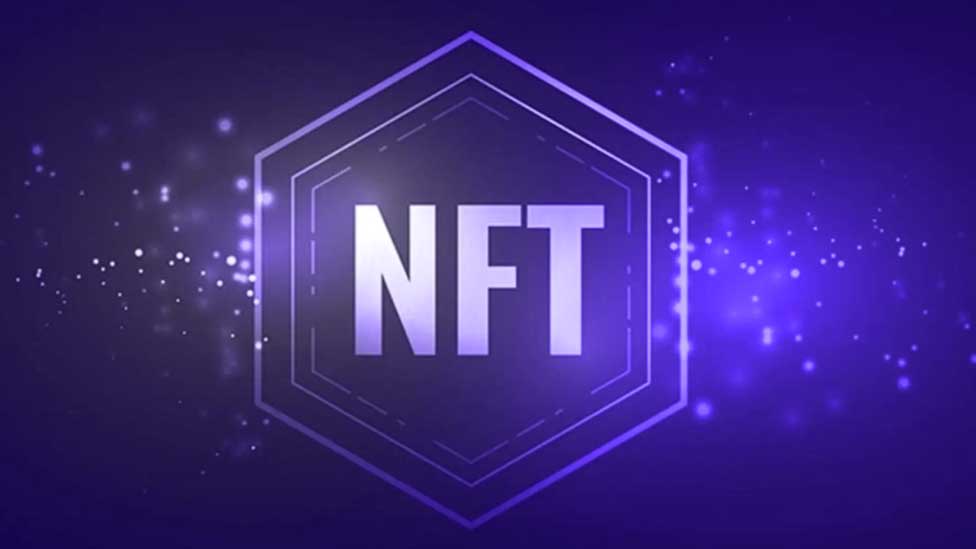Christie one of the world’s most renowned auction houses, has closed its dedicated non-fungible token (NFT) department as part of a broader restructuring led by new CEO Bonnie Brennan, who assumed the role in February 2025. The decision signals a strategic shift in how the company approaches digital art at a time when the once-booming NFT market faces mounting challenges.
NFTs Folded Into Contemporary Art
Christie’s announced that its NFT operations will no longer exist as a standalone category. Instead, digital art will now be integrated into its broader 20th and 21st-century art divisions. This move suggests that while the auction house still recognizes NFTs as a part of the art landscape, it no longer considers them a separate growth driver.
The restructuring also resulted in staff cuts. Two employees were let go at the end of August, including Nicole Sales Giles, the former Vice President of Digital Art who played a central role in building Christie’s NFT initiatives. The company clarified that at least one digital art specialist will remain on staff to manage sales as NFTs transition into mainstream auctions.
Christie’s emphasized that it will continue to sell NFTs, but they will now be treated in the same framework as paintings, sculptures, and other contemporary works.
A Pioneering Role in the NFT Boom
Christie’s played a pivotal role in catapulting NFTs into the global spotlight. In March 2021, the auction house sold Beeple’s “Everydays: The First 5000 Days” for a record-breaking $69.3 million, a watershed moment that legitimized digital collectibles in the traditional art world.
In 2022, Christie’s launched Christie’s 3.0, a fully on-chain auction platform, and forged partnerships with major Web3 players such as OpenSea. More recently, the firm embraced Bitcoin Ordinals, hosting its first Ordinals auction in October 2024. These initiatives positioned Christie’s at the forefront of innovation during the peak of NFT enthusiasm.
Market Downturn Spurs Strategic Shift
The closure of the NFT department comes against the backdrop of a prolonged downturn in the digital collectibles market. After explosive growth in 2021 and 2022, trading volumes and sales have plummeted. Analysts point to overspeculation, regulatory uncertainty, and waning mainstream interest as key factors.
The broader art market has also faced turbulence, with declining activity putting pressure on auction houses worldwide. By consolidating NFTs into its existing art categories, Christie’s hopes to streamline operations while continuing to serve collectors who remain interested in digital assets.
“The integration allows us to position NFTs as part of the evolving contemporary art dialogue rather than treating them as an isolated phenomenon,” one industry insider said.
What This Means for Christie’s 3.0
The restructuring has also raised questions about the future of Christie’s 3.0, its blockchain-native platform. While the company has not yet outlined a clear roadmap, market watchers wonder whether the platform will continue to operate at full capacity or shift into a more limited role under Brennan’s leadership.
For collectors, the message is mixed: while Christie’s remains engaged in the digital art space, its decision to scale back reflects caution in a volatile market.
A Pragmatic Step Under New Leadership
Bonnie Brennan’s restructuring reflects a pragmatic approach to shifting industry conditions. Rather than abandoning digital art altogether, Christie’s appears to be taking a measured, integrated strategy, folding NFTs into its broader art business.
The move acknowledges both the uncertain future of NFTs and their ongoing relevance as part of contemporary collecting trends. By treating digital works alongside traditional art forms, Christie’s may be positioning itself for a more sustainable role in the digital art ecosystem.
Conclusion
Christie’s closure of its standalone NFT department underscores the changing fortunes of digital art. Once at the heart of the NFT boom, the auction house is now recalibrating, embedding digital assets into its core art divisions.
While the decision reflects caution, it also highlights the company’s intent to adapt to market realities without abandoning innovation altogether. For collectors, artists, and the industry at large, Christie’s latest pivot is both a sign of the NFT market’s volatility and a reminder that digital art’s place in the broader art world is still being defined.
















